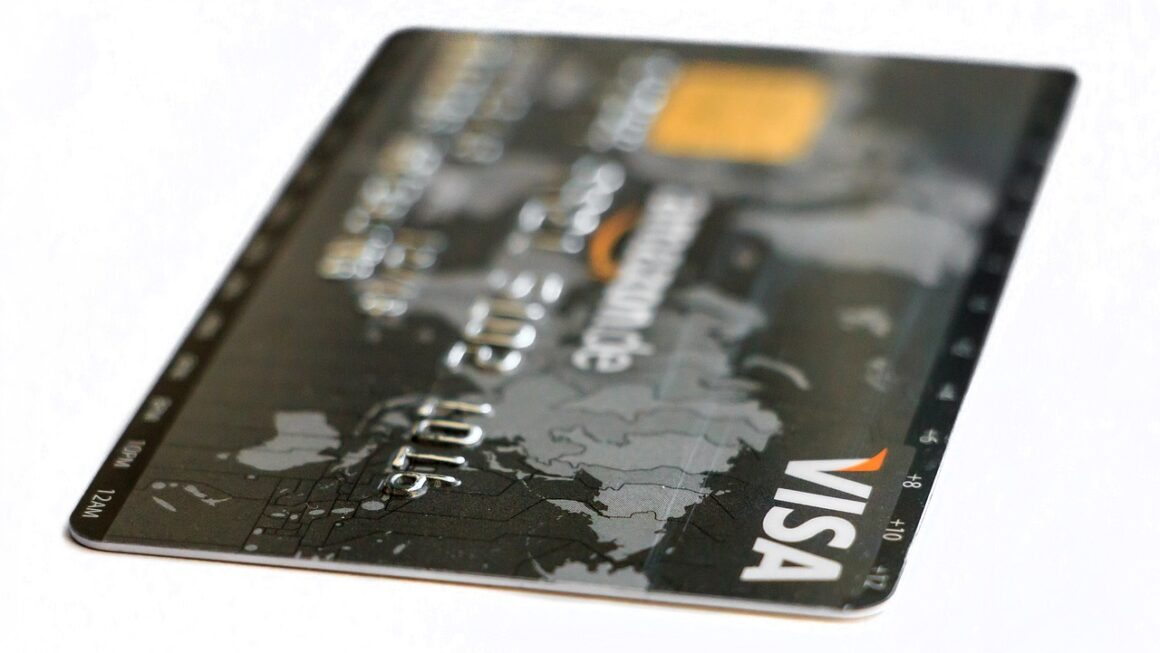Feeling financially overwhelmed? You’re not alone. Mastering your finances starts with understanding where your money goes and creating a roadmap for its future. Budgeting might sound daunting, but it’s simply a tool to empower you to take control of your financial life, achieve your goals, and sleep easier at night. This guide will equip you with practical budgeting tips to start your journey towards financial well-being.
Understanding Your Current Financial Situation
Tracking Your Income and Expenses
Before you can create a budget, you need to know where your money is currently going. This involves meticulously tracking both your income and expenses.
- Income Tracking:
List all sources of income: salary, side hustles, investments, etc.
Calculate your net income (after taxes and other deductions).
Example: If your gross monthly salary is $5,000 and taxes and deductions amount to $1,500, your net monthly income is $3,500.
- Expense Tracking:
Use budgeting apps (Mint, YNAB – You Need A Budget), spreadsheets (Google Sheets, Excel), or even a notebook to record every expense.
Categorize your expenses: housing, transportation, food, entertainment, utilities, debt payments, etc.
Track every dollar spent, no matter how small. This includes your morning coffee, subscription services, and impulse buys.
Example: Dedicate 15 minutes each evening to logging all expenses from the day. This simple habit provides valuable insight into your spending patterns.
- Actionable Takeaway: Commit to tracking your income and expenses for at least one month. The more data you gather, the better informed your budget will be.
Creating Your Budget: Different Methods
Once you have a clear understanding of your financial situation, it’s time to create a budget. There are several budgeting methods to choose from, and the best one for you will depend on your individual preferences and financial goals.
The 50/30/20 Rule
This popular method divides your net income into three categories:
- 50% for Needs: Essential expenses like housing, transportation, food, utilities, and minimum debt payments.
- 30% for Wants: Non-essential expenses like entertainment, dining out, hobbies, and subscriptions.
- 20% for Savings & Debt Repayment: Savings goals (emergency fund, retirement) and paying off debt beyond the minimum.
- Example: If your net income is $3,500:
- Needs: $1,750
- Wants: $1,050
- Savings & Debt Repayment: $700
- Benefits: Simple, easy to understand, and provides a clear framework for allocating your income.
Zero-Based Budgeting
In this method, you allocate every dollar of your income to a specific category, ensuring that your income minus your expenses equals zero.
- Start with your income and subtract your expenses.
- If you have money left over, allocate it to savings, debt repayment, or other financial goals.
- If you are in deficit, you have to find ways to reduce spending or increase your income.
- Example: If you earn $3,500, create a budget that accounts for all $3,500 – expenses, savings, investments, etc.
- Benefits: Highly detailed, encourages mindful spending, and helps you identify areas where you can cut back.
Envelope System
This cash-based method involves allocating cash to different envelopes labeled with specific categories (e.g., groceries, entertainment, dining out). Once an envelope is empty, you can no longer spend money in that category until the next budgeting period.
- Determine your budget for each category.
- Withdraw the allocated cash and place it in the corresponding envelope.
- Only use the cash in the envelope for purchases within that category.
- Benefits: Encourages mindful spending, prevents overspending, and provides a tangible way to track your expenses. However, it is more suited to categories you would normally use cash for.
- Actionable Takeaway: Experiment with different budgeting methods to find the one that best suits your personality and lifestyle.
Cutting Expenses and Saving Money
One of the primary goals of budgeting is to identify areas where you can cut expenses and save money.
Identifying Areas to Reduce Spending
- Analyze your spending habits: Review your expense tracking data to identify areas where you are overspending or making unnecessary purchases.
- Cut discretionary spending: Reduce spending on non-essential items like dining out, entertainment, and subscriptions.
- Negotiate bills: Contact your service providers (internet, phone, insurance) to negotiate lower rates. Many companies are willing to offer discounts to retain customers.
- Shop around for better deals: Compare prices on groceries, insurance, and other expenses to find the best deals. Use apps and websites dedicated to comparing prices.
- Reduce energy consumption: Lower your thermostat, unplug electronic devices when not in use, and switch to energy-efficient light bulbs.
- Example: Instead of eating out three times a week, reduce it to once a week. Pack your lunch instead of buying it. These small changes can add up to significant savings over time.
Maximizing Savings
- Set specific savings goals: Define clear and measurable savings goals (e.g., emergency fund, down payment on a house, retirement). This provides motivation and helps you stay on track.
- Automate your savings: Set up automatic transfers from your checking account to your savings account each month. This ensures that you save consistently without having to think about it.
- Take advantage of employer matching: If your employer offers a 401(k) or other retirement plan with matching contributions, take full advantage of it. This is essentially free money.
- Look for high-yield savings accounts: Compare interest rates on savings accounts and choose one that offers a competitive return. Online banks often offer higher interest rates than traditional banks.
- Round up your purchases: Round up your purchases to the nearest dollar and transfer the difference to your savings account. This is a simple way to save small amounts of money without feeling deprived.
- Actionable Takeaway: Identify at least three areas where you can reduce spending and implement strategies to maximize your savings.
Staying Consistent and Reviewing Your Budget
Creating a budget is only the first step. To achieve your financial goals, you need to stay consistent with your budget and review it regularly.
Tips for Staying on Track
- Track your progress: Monitor your spending and savings regularly to ensure that you are staying on track with your budget.
- Set realistic goals: Avoid setting unrealistic goals that are difficult to achieve. Start small and gradually increase your goals as you make progress.
- Reward yourself: Celebrate your achievements along the way. This will help you stay motivated and maintain momentum.
- Find an accountability partner: Share your budget with a friend or family member who can provide support and encouragement.
- Use budgeting apps: Leverage budgeting apps and tools to automate tracking, analyze spending patterns, and gain insights.
- Example: Create a visual representation of your savings goals and track your progress on a regular basis. Seeing your progress can be highly motivating.
Reviewing and Adjusting Your Budget
- Review your budget monthly: At the end of each month, review your budget to assess your progress and identify areas where you need to make adjustments.
- Adjust your budget as needed: Life changes (e.g., job loss, marriage, children) can impact your income and expenses. Adjust your budget accordingly.
- Identify new opportunities for savings: As you become more familiar with your spending habits, you may discover new opportunities to cut expenses and save money.
- Actionable Takeaway: Schedule a regular time each month to review your budget and make necessary adjustments. Financial planning is not a ‘set it and forget it’ process.
Conclusion
Budgeting is a powerful tool that can help you take control of your finances, achieve your financial goals, and build a more secure future. By understanding your current financial situation, creating a budget that aligns with your goals, cutting expenses, maximizing savings, and staying consistent, you can transform your financial life and achieve peace of mind. Embrace budgeting as a journey, not a destination, and celebrate your progress along the way. Remember, small changes can lead to big results over time. Start today and pave your way towards financial freedom.




